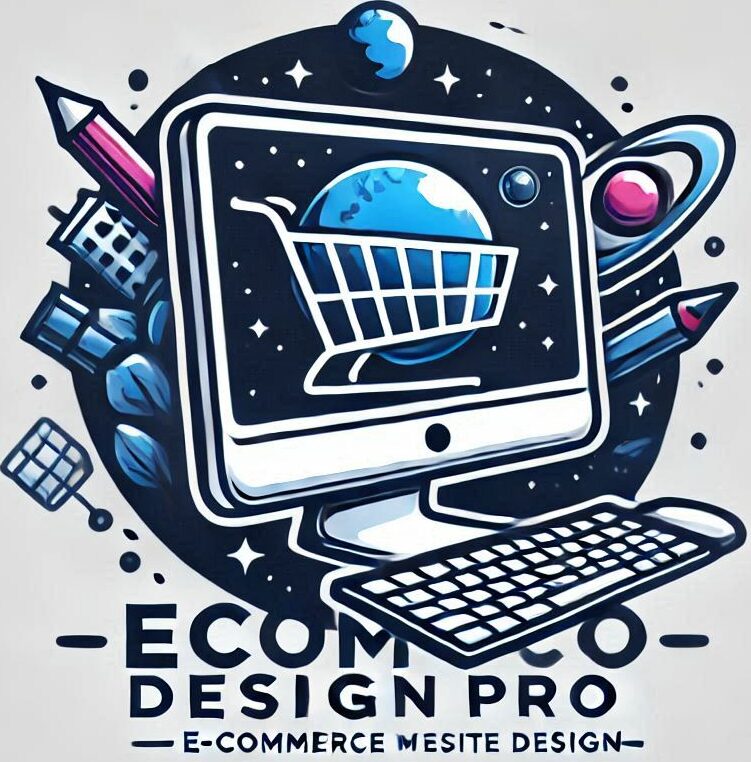
E-commerce optimization isn’t just a techy buzzword. It’s kinda like tuning up your bike before a big race. When we’re talking about e-commerce websites, it’s all about creating a smooth, fast, and satisfying ride for your users. Because the easier it is for folks to hop on your site and find what they need, the more likely you are to ring up sales.
Now, you might be wondering why this all matters so much. Well, let’s face it, nobody’s got the patience for laggy pages or confusing checkout processes. In fact, if your site’s cranking slower than a dial-up modem, you’re likely losing customers faster than they’re coming through the door. So, optimizing your site means making sure every click, scroll, and interaction is seamless, keeping your users happy and your sales booming.
The heart of great optimization isn’t about fancy bells and whistles. It’s about understanding how your website’s performance ties directly into your revenue stream. When a site runs as smooth as butter, people tend to hang around longer, browse more, and yes, fill up their shopping carts. That’s the secret sauce to turning window shoppers into paying customers.
Understanding Google Analytics as the Backbone for Data Insights
Google Analytics. It’s your go-to tool for understanding what’s really happening on your e-commerce site. Think of it as the X-ray for your website, showing you all those critical details about your site’s health that you can’t see on the surface.
Data doesn’t lie, and Google Analytics dishes out all sorts of it—like how many visitors are dropping by, how long they’re sticking around, and what they’re doing while they’re there. By tuning into these metrics, you can pinpoint where users are getting lost, where they’re spending the most time, and where they decide to call it quits.
One of the superpowers this tool gives you is the ability to spot those pesky bottlenecks that slow down your site. Maybe it’s a slow landing page or a confusing checkout process. Once you identify these hitches, you’ve got half the battle won, because you’re armed with the insights you need to fix them.
But don’t stop at identifying problems. Google Analytics helps you tap into opportunities too. You can track which products are hot, which campaigns are bringing in traffic, and even segment your audience to better understand different groups of users.
By using these insights smartly, you’ll improve user journeys, making sure each step they take on your site leads them closer to hitting that “Buy Now” button. After all, the goal is to provide an experience so seamless that your customers feel like the process is as familiar as browsing their favorite social media feed.
SEO Tools: Enhancing Visibility and Reach
Let’s talk about being seen on the internet—and I mean really seen. Having a sleek, optimized website is fantastic, but it doesn’t do much good if no one can find it. That’s where solid SEO tools come in. These tools are like your site’s personal cheerleader, helping it rank better in search results and drawing in more visitors.
First off, get cozy with keyword research tools. They’ll help you figure out what your potential customers are searching for. These insights guide you in strategically sprinkling those keywords throughout your site’s content to boost visibility. Tools like SEMrush or Ahrefs can give you a detailed keyword roadmap.
But SEO isn’t just keywords. It’s also about your site’s speed, mobile optimization, and technical health. Tools like Google PageSpeed Insights can help you analyze how quickly your site loads, while others ensure your site is mobile-friendly—both are crucial for ranking well in search engines.
Technical SEO might sound intimidating, but it’s essential for staying on Google’s good side. This means taking care of things like sitemaps, meta tags, and URL structure. Tools such as Screaming Frog help you keep your site’s back-end tuned, ensuring search engines can crawl and index it efficiently.
SEO is all about long-term growth. Sure, it takes time and effort, but getting your site in tip-top shape with these tools? That’s what keeps the online traffic flowing and expands your reach wider than you’d expect. At the end of the day, a well-optimized e-commerce site doesn’t just sit quietly in the corner of the web—it stands out.
UX/UI Tools for a Customer-Centric Experience
Creating a top-notch online shopping experience isn’t just about aesthetics; it’s about function and flow. UX/UI tools make sure your site doesn’t just look like eye candy but offers a truly smooth ride for users as well.
Navigation is where a lot of sites trip up. Slick UX/UI tools help in designing pathways that are intuitive and require no brainpower from your users. It’s about making everything from landing to checkout feel like a natural transition. Tools like Figma or Sketch come in handy for mapping these journeys out clearly.
Ever wondered what parts of your website are getting the most love or where users might be hesitating? That’s where heat mapping tools like Hotjar come into play. They let you visually understand user behavior which is a game changer when refining layouts and interactions.
Mobile-first design isn’t something you can afford to ignore. With more users shopping from their sofas on phones and tablets, ensuring your site is mobile-friendly is a no-brainer. These UX tools offer insights and features that help in creating responsive designs that dazzle, no matter the device.
In the end, good UX/UI tools should help answer the question: ‘What’s in it for the user?’ Because when your site is customer-centric, you aren’t just fostering a pleasant shopping experience. You’re building relationships and encouraging repeat visits. Not only does this boost sales, but it also strengthens your brand’s credibility in the eyes of your audience.
Conversion Rate Optimization (CRO) Tools to Increase Sales
So you’ve got visitors on your site, they’re browsing around, but what’s next? Conversion Rate Optimization (CRO) tools are like the friendly nudge that turns browsers into buyers. These tools help fine-tune all those little interactions that add up to a successful sale.
Ever considered the impact of A/B testing? It’s pretty straightforward. You roll out two different versions of a web page to see which one your audience prefers. Tools like Optimizely and VWO make setting up these tests a breeze, providing you with the data needed to make informed decisions.
Feedback is crucial, and that’s where tools that gather direct user insights come into play. Whether it’s through exit surveys or simple pop-ups asking for opinions, these insights are gold. They help you tweak and refine your strategies to better meet user needs.
The beauty of CRO tools lies in their continuous refinement process. Unlike a set-and-forget strategy, they keep you on your toes, ensuring your site is always aligned with customer expectations and market trends.
When using these tools, remember, it’s the little changes that can lead to big wins. A slightly tweaked call-to-action button or a revised product description could potentially skyrocket your conversions. In the dynamic world of e-commerce, constant optimization is your best alley.



